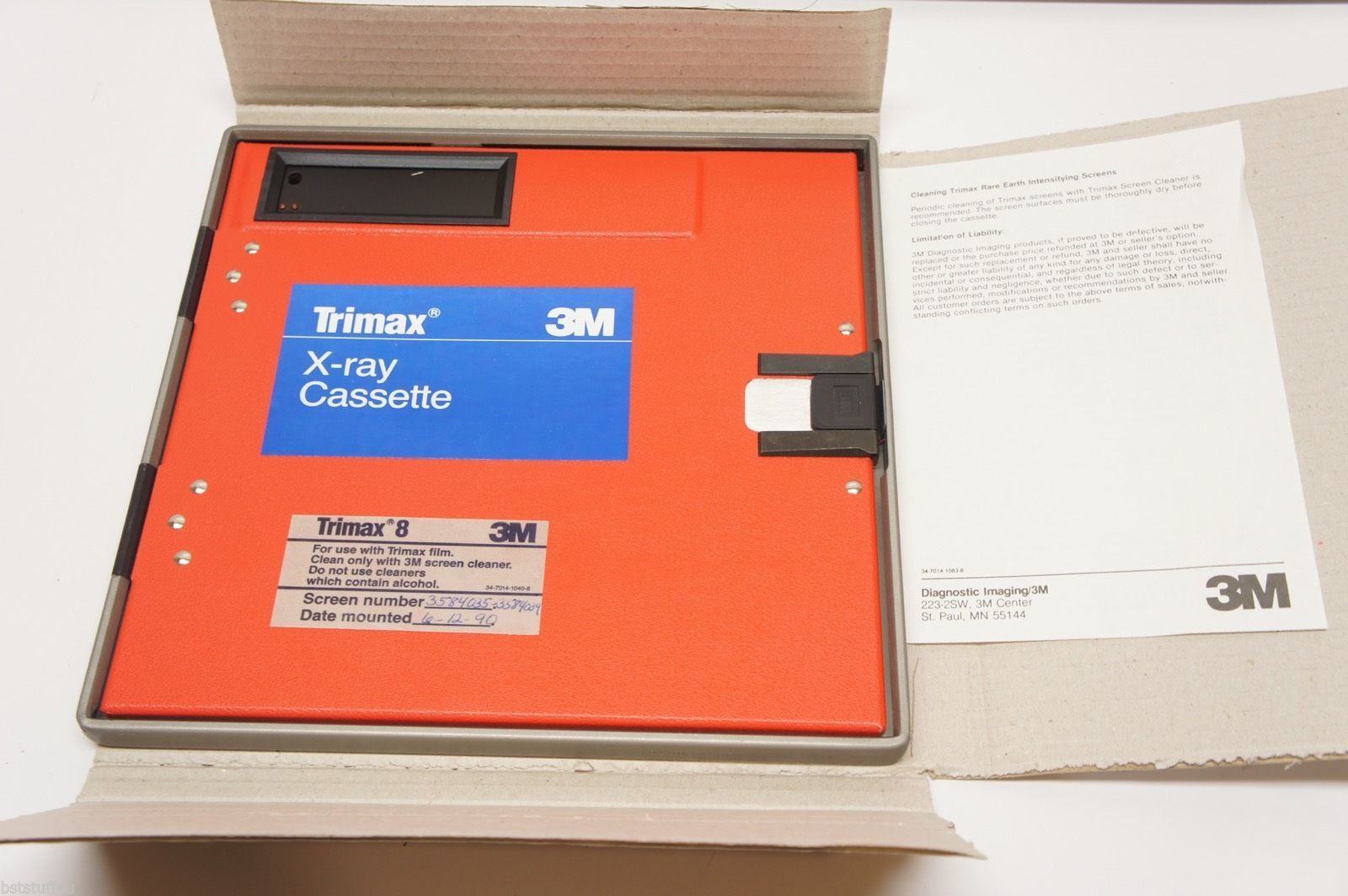
If you’re not sure which of the rendering engines you should select, we suggest pausing for a moment and heading over to our Blender rendering engine guide, which takes a closer look at each of the options listed above. When you’re ready to start rendering the scene, either select the Start Render button in the Render drop-down menu from the toolbar menu or press the F12 key if you’re a fan of hotkeys. Once done, a final quality image or animation can be rendered and exported.

Note: Third-party renderers (such as ProRender), are readily available as add-ons and have their own render settings to control quality and performance.īlender also supports 3D viewport rendering for all internal and third-party engines to help with quick lighting and shading alterations.

Selecting a Rendering Engine in Blender 2.83
#Blender 2.8 x ray series
Though this series is over, Blender has decided to dedicate long-term support for 2.83 LTS and with that in mind, we thought it would be a good idea to visit how the render output settings can be set up for your next project. Blender 2.90 Alpha was recently released, making Blender’s 2.83 public release the last official version of the 2.8 series.


 0 kommentar(er)
0 kommentar(er)
